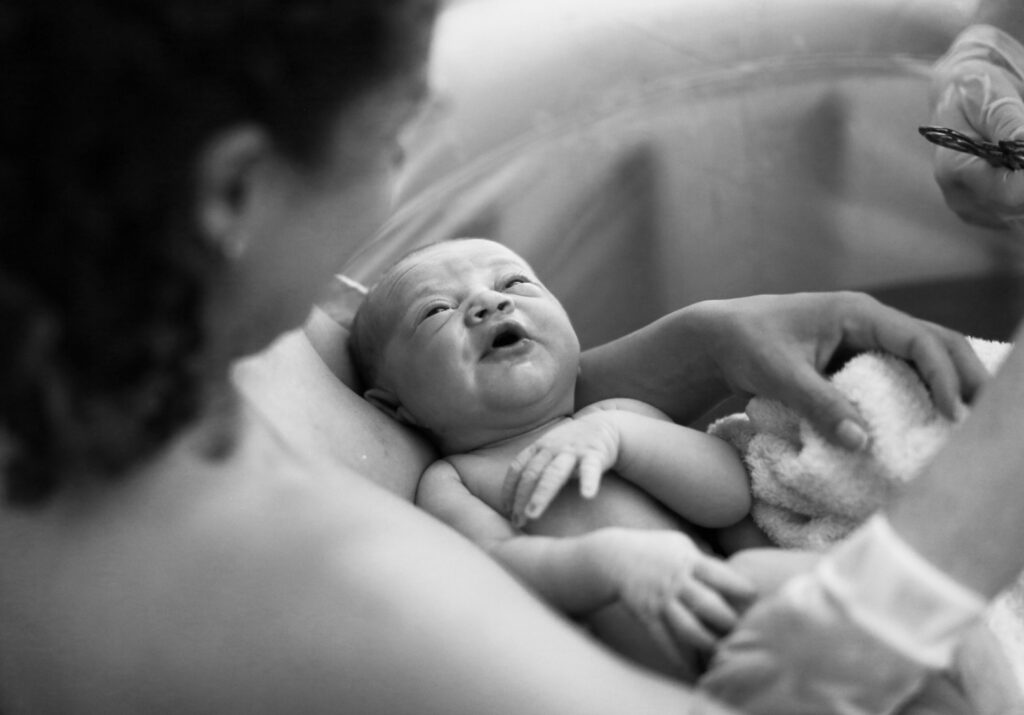Bringing a new life into the world is an incredible experience, but it comes with challenges and risks. Birth injuries can occur during delivery, ranging from minor bruises to more conditions such as cerebral palsy or brain damage. While it’s impossible to guarantee a completely injury-free delivery, there are several steps that expectant mothers can take to reduce the risk of birth injuries.
This article will explore 6 ways to avoid birth injuries and increase the chances of a safe and healthy delivery. From attending regular prenatal visits to considering natural childbirth options, we’ll cover the essential strategies expectant mothers can use to prevent birth injuries and ensure successful delivery.
So, without further ado, let us get straight to the topic.

Plan for Unforeseen Events
While predicting every possible outcome during childbirth is impossible, planning for unforeseen events can help families better prepare for the unexpected.
According to the childbirth injury statistics by CDC, 7 in every 1,000 children are born with a birth injury. Injuries can occur naturally and also due to medical negligence. Families may find themselves dealing with the physical, emotional, and financial aftermath of a birth injury. In such cases, the Birth Injury Justice Center can be a valuable resource for families seeking justice and compensation.
The Birth Injury Justice Center offers free case evaluations, resources, and support for families dealing with the consequences of a birth injury. The center can help families determine whether they have a case for medical malpractice and connect them with experienced birth injury attorneys who can fight for their rights.
Attend Regular Prenatal Visits
Regular prenatal care is essential for both the mother’s and baby’s health. Prenatal visits allow healthcare providers to monitor the pregnancy and identify potential risk factors for birth injuries. During these visits, healthcare providers will perform routine tests, such as ultrasounds, blood pressure checks, and fetal heart rate monitoring. These tests help ensure the mother and baby are healthy.
Expectant mothers should aim to attend all scheduled prenatal visits. They must communicate openly with their healthcare providers about any concerns or symptoms they may be experiencing. By staying informed about their pregnancy and following their healthcare provider’s recommendations, expectant mothers can reduce the risk of complications and increase the chances of a safe and healthy delivery.

Choose a Skilled and Experienced Healthcare Provider
The healthcare provider who oversees pregnancy and delivery plays a crucial role in preventing birth injuries. When choosing a healthcare provider, expectant mothers should consider their experience level, qualifications, and approach to care. They may want to ask about the healthcare provider’s experience with high-risk pregnancies, their philosophy on labor and delivery, and their availability for questions and concerns. Several studies have shown that infants delivered by less experienced obstetricians were more likely to experience birth injuries than those delivered by more experienced obstetricians.
In addition to choosing a skilled and experienced healthcare provider, expectant mothers may also want to consider delivering at a hospital or birthing center with specialized equipment and resources to handle potential complications. They can ask about the facility’s protocols for managing emergencies during delivery, such as premature labor or fetal distress.
Stay Active
Staying active during pregnancy can help improve cardiovascular health, reduce stress, and increase overall energy levels. Exercise during pregnancy has also been shown to help regulate weight gain, reduce the risk of gestational diabetes, and reduce the risk of developing pre-eclampsia. However, talking to your healthcare provider before starting any exercise routine during pregnancy is essential, especially if you have a history of pregnancy complications.
Low-impact exercises are generally safe for pregnant women, as they do not place excessive stress on the joints. These exercises can include walking, swimming, and prenatal yoga. In addition, pelvic floor exercises can be highly effective in preparing the muscles for childbirth. To perform the exercise, tighten your pelvic floor muscles, hold the contraction for a few seconds, and then release. Repeat this several times throughout the day. This can help reduce the risk of perineal tearing by improving muscle elasticity and helping with postpartum recovery.

Maintain a Healthy Diet
Consuming a healthy and balanced diet is essential for the health of both you and your developing baby during pregnancy. Proper nutrition can help reduce the risk of congenital disabilities, low birth weight, and other complications. According to the World Health Organization (WHO), pregnancy-related malnutrition is a significant cause of maternal and child mortality and morbidity.
It’s necessary to eat a variety of foods to ensure that your baby gets all the nutrients it needs. Try to maintain a balanced diet with plenty of fruits and vegetables, lean proteins, whole grains, and healthy fats. Avoid sugary drinks and alcohol, and limit your caffeine intake.
Consider Natural Childbirth Options
While having a skilled and experienced healthcare provider during labor and delivery is important, many women also explore natural childbirth options. These options can help reduce the risk of birth injuries and ensure a safer, more comfortable delivery.
Water births can help reduce the risk of birth injuries by providing a more peaceful and comfortable environment for the baby’s entry into the world. The warm water can help relax the mother’s muscles and ease the baby’s passage through the birth canal. The buoyancy of the water also helps reduce the pressure on the baby’s head, which can lower the risk of head injuries during delivery.
Hypnobirthing is another technique that can help reduce the risk of birth injuries. Women who are stressed or fearful during childbirth release hormones such as cortisol and adrenaline. This can cause the uterus to contract more forcefully, making labor more painful. Hypnobirthing teaches women relaxation and visualization techniques that help them manage pain and reduce fear during childbirth. By practicing these techniques during pregnancy, women can train their minds and bodies to respond to labor more calmly. This can help reduce the release of stress hormones, lower the intensity of contractions, and reduce the risk of complications such as fetal distress.

Conclusion
In conclusion, birth injuries can be distressing and potentially life-altering for mothers and babies. However, by following specific measures, women can reduce the risk of birth injuries and promote a safe and positive childbirth experience. It is essential for women and their families to be aware of the options available to them and to make informed decisions about their childbirth experience. By working with a trusted healthcare provider and practicing good prenatal care, women can take steps to minimize the risk of birth injuries.

